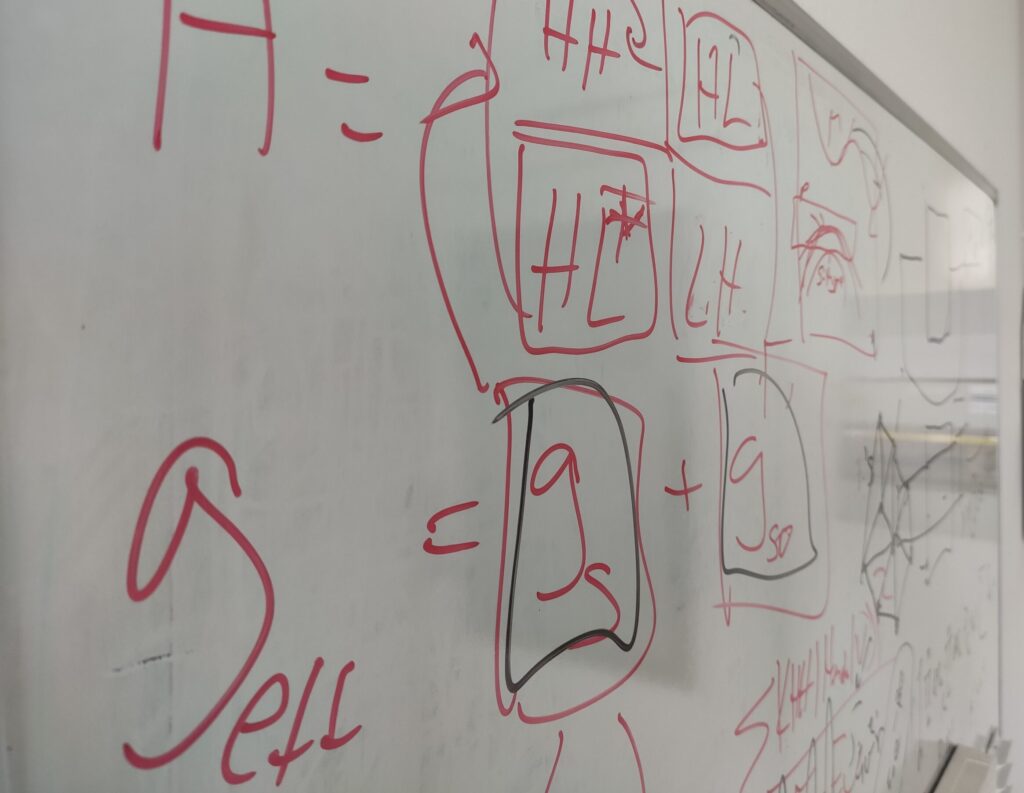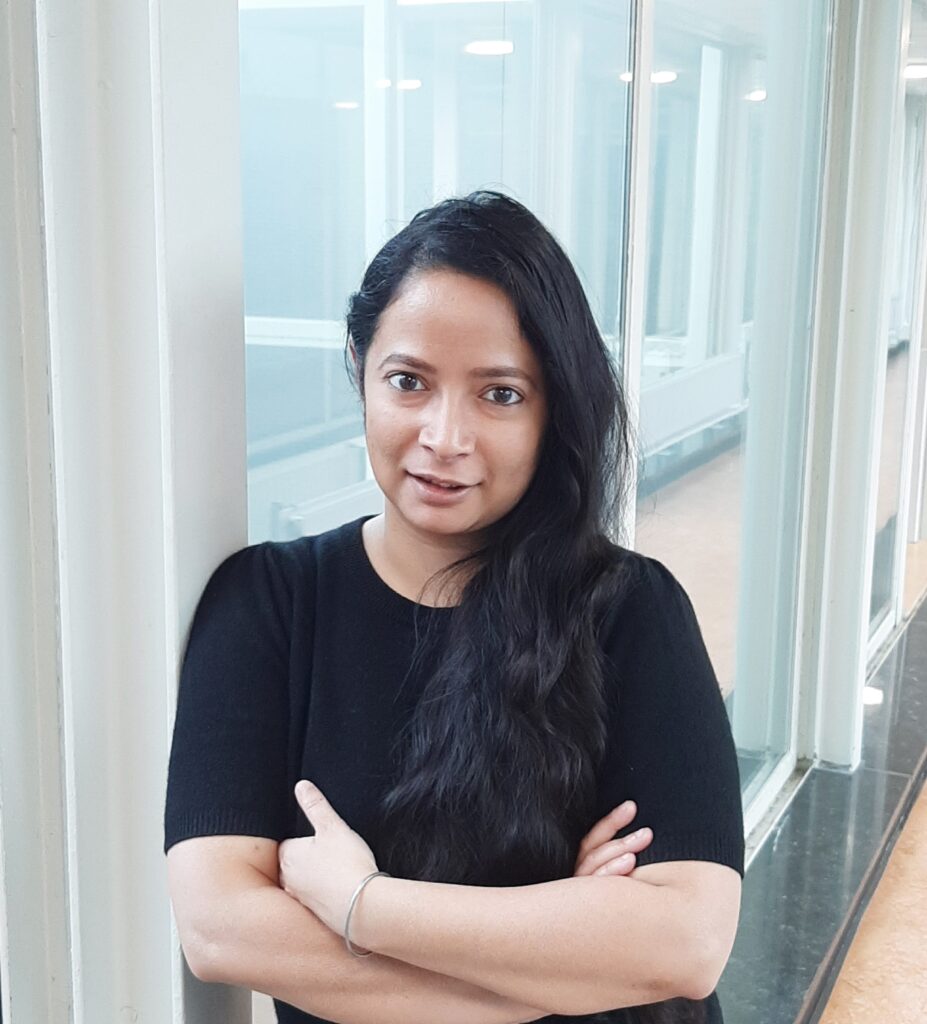Welcome to our Research Group!
We are an experimental group working at the boundary of quantum technology and condensed matter physics. Our research involves feedback and control of delicate quantum systems, as well as engineering more complex devices and interactions.
If the 20th century was about understanding the fundamentals of quantum mechanical systems, physicists in the 21st century sought to harness the power of quantum interactions and information for applications such as computation. In practice, this means the difficult task of increasing the complexity of quantum devices, but under tight control. In our group we work on designing, harnessing and controlling the properties of complex devices primarily made out of semiconductor quantum dots. Two areas of focus are:
- Automate away the complexity: Develop automated techniques for startup, tuning, feedback and calibration of semiconductor spin qubits hosted in quantum dot arrays.
- Embrace the complexity and add more: Embedding quantum dots in coherent superconducting resonators and further into on-chip cQED circuits, as well as using them to probe superconductivity, condensed matter and materials science.
The goal of our efforts is to scale the control of qubit arrays as they get larger and more sophisticated, to develop new technology such as novel qubits and electronics, and to explore novel physics.


About Anasua
I am an experimental physicist, working at the intersection of quantum information and condensed matter physics.
I received my AB (undergraduate degree) from Princeton University where I spent three years in the group of Prof. Jason Petta working on topological insulator nanostructures and their interactions with a superconductor. I performed research for my PhD at University College London supervised by Prof. John J. L. Morton, working on a hybrid silicon quantum dot-dopant qubit as well as some of the first foundry-fabricated quantum devices. I also had visiting positions at the University of Cambridge and the Hitachi Cambridge Laboratory. Funded by an EPSRC Doctoral Prize Fellowship I was a postdoc at the Center for Quantum Devices, within the Niels Bohr Institute in Copenhagen. Here, I worked with Prof. Ferdinand Kuemmeth on semiconductor spin qubit arrays hosted in quantum dots, with a particular focus on the fabrication, scaling, tuning, and operation of small-scale quantum processors.
I started my own group in 2020 as Assistant and later Associate Professor at the Niels Bohr Institute, using advanced algorithms, including machine learning techniques, to automate the setup of semiconductor qubit devices and to realize complex feedback-enabled circuits. The group also focused on coupling superconductors to semiconducting quantum dots, particularly in germanium heterostructures.
Currently, as a faculty member at TU Delft, apart from our group’s research, I’m very interested in quantum education, particularly hands-on lab-based education, as well as making low-temperature and quantum physics accessible to all.
Video
Get a glimpse of QuTech!
Are you curious about QuTech, our labs where we work on the development of quantum internet and quantum computers or our awesome colleagues? Watch this video and get a glimpse of QuTech!
